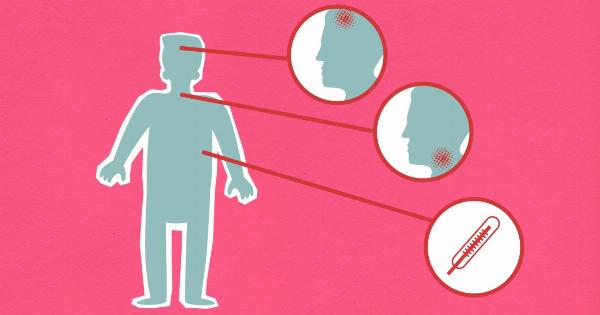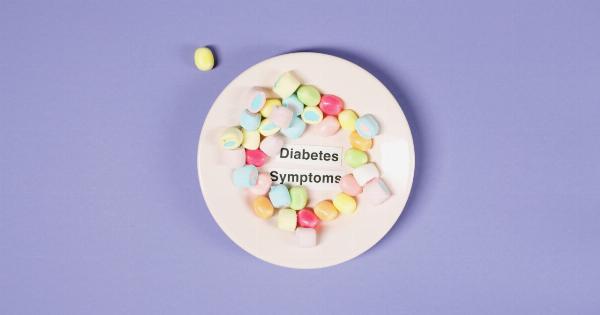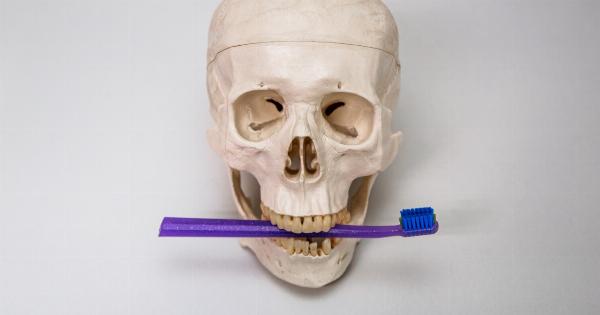The connection between child acquisition and cardiovascular disease in women has been a topic of interest and research for many years.
Numerous studies have explored the potential relationship between these two factors, aiming to understand the underlying mechanisms and provide valuable insights for healthcare professionals. Cardiovascular disease is a leading cause of death globally, and understanding the factors that contribute to its development, such as child acquisition, is crucial for prevention and management strategies.
1. Cardiovascular Disease in Women
Cardiovascular disease encompasses a range of conditions affecting the heart and blood vessels. It includes conditions such as coronary artery disease, heart failure, arrhythmias, and hypertension.
While cardiovascular disease affects both men and women, there are notable differences in its presentation and progression between the genders.
2. Child Acquisition and Its Impact on Women’s Health
Child acquisition, which refers to the process of bearing and caring for children, has been found to have various physiological and psychological effects on women.
Pregnancy, childbirth, and breastfeeding impose significant demands on a woman’s body, leading to various hormonal fluctuations and changes. These changes can have both short-term and long-term implications for women’s health, including their cardiovascular health.
3. Hormonal Changes During Pregnancy
Pregnancy triggers significant hormonal changes in a woman’s body. Estrogen and progesterone levels increase, leading to physiological changes aimed at supporting the growth and development of the fetus.
However, these hormonal changes can also contribute to alterations in cardiovascular function.
4. Pregnancy-Associated Cardiovascular Changes
During pregnancy, the heart undergoes adaptations to support the increased demands placed upon it. The heart rate increases, and cardiac output rises to meet the needs of the growing fetus. Additionally, blood volume and plasma volume also increase.
While these changes are essential for a healthy pregnancy, they may also have implications for the development of cardiovascular disease later in life.
5. Gestational Diabetes and Cardiovascular Health
Gestational diabetes, a condition characterized by high blood sugar levels during pregnancy, has been linked to an increased risk of developing cardiovascular disease later in life.
Women who experience gestational diabetes are more likely to develop type 2 diabetes and metabolic syndrome, both of which are significant risk factors for cardiovascular disease.
6. Postpartum Cardiovascular Changes
The postpartum period, which refers to the weeks and months following childbirth, is associated with specific cardiovascular changes.
Immediate changes include a decrease in blood volume and cardiac output, while long-term changes involve the regression of pregnancy-induced adaptations in the cardiovascular system. However, some women may not fully recover from these changes, leading to potential long-term implications for their cardiovascular health.
7. The Role of Lifestyle Factors
In addition to hormonal and physiological changes, lifestyle factors play a crucial role in the relationship between child acquisition and cardiovascular disease in women.
Women who have children often experience shifts in their priorities and responsibilities, which can impact their lifestyle choices. Poor nutrition, lack of physical activity, increased stress levels, and disrupted sleep patterns can all contribute to an increased risk of cardiovascular disease.
8. Psychological Factors and Stress
The psychological impact of child acquisition, including the stress associated with pregnancy, childbirth, and parenting, can also affect cardiovascular health.
Chronic stress can lead to physiological changes in the body, such as increased blood pressure and inflammation, which are risk factors for cardiovascular disease.
9. Long-Term Cardiovascular Disease Risk
Several studies have shown a link between child acquisition and long-term cardiovascular disease risk.
Women who have multiple pregnancies, especially at a young age, have been found to have a higher risk of developing cardiovascular disease later in life. The cumulative effect of multiple pregnancies, along with other risk factors and lifestyle choices, can contribute to the development of cardiovascular conditions.
10. Recommendations for Healthcare Professionals
Healthcare professionals play a vital role in understanding and addressing the relationship between child acquisition and cardiovascular disease in women.
By educating women about the potential risks and providing appropriate preventive measures, healthcare professionals can help reduce the burden of cardiovascular disease in this population. Regular cardiovascular screenings, lifestyle counseling, and targeted interventions can all contribute to better cardiovascular health outcomes for women.




























